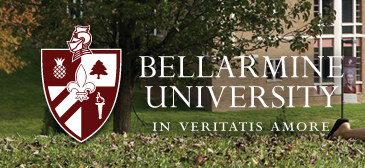Date of Award
5-2-2024
Document Type
Dissertation
Degree Name
Doctor of Philosophy (Ph.D.)
School Name
Annsley Frazier Thornton School of Education
Department
Education
Major Advisor
Amy E. Lein
Second Advisor
Grant Smith
Third Advisor
Elizabeth Dinkins
Abstract
This study examines the relationships between phonemic awareness, sight- and pseudoword reading, and phonic decoding in second-grade students. Previous research has shown that basic and advanced phonemic awareness, sight- and pseudoword reading, and phonic decoding impact reading fluency. Students were assessed in the middle of second grade using the Test of Word Reading Efficiency (TOWRE-2), Pseudo- and Sight-word reading subtests, the Developmental Spelling Assessment (DSA), and the Phonological Awareness Screening Test (PAST-S) to determine phonemic awareness, sight- and pseudo-word reading, and phonic decoding abilities. A path analysis using regression analysis was conducted to determine the significance of relationships among the variables. Fifty-four percent of the variance in phonic decoding was accounted for by advanced phonemic awareness, pseudo- and sight-word reading. Sixty-five percent of the variance in pseudo-word reading was accounted for by sight-word reading and phonic decoding. Sixty-eight percent of the variance in sight word reading was accounted for by phonic decoding and pseudo-word reading. Phonemic awareness, sight- and pseudo-word reading all had significant relationships to phonic decoding. These findings show that explicit phonemic awareness instruction, along with instruction in orthography is necessary to build strong word-reading abilities.
Recommended Citation
Croom, Nona, "Relationships Among Phonemic Awareness, Phonic Decoding, and Pseudo-and Sight-Word Reading: A Path Analysis with Second Grade Students" (2024). Graduate Theses, Dissertations, and Capstones. 178.
https://scholarworks.bellarmine.edu/tdc/178
